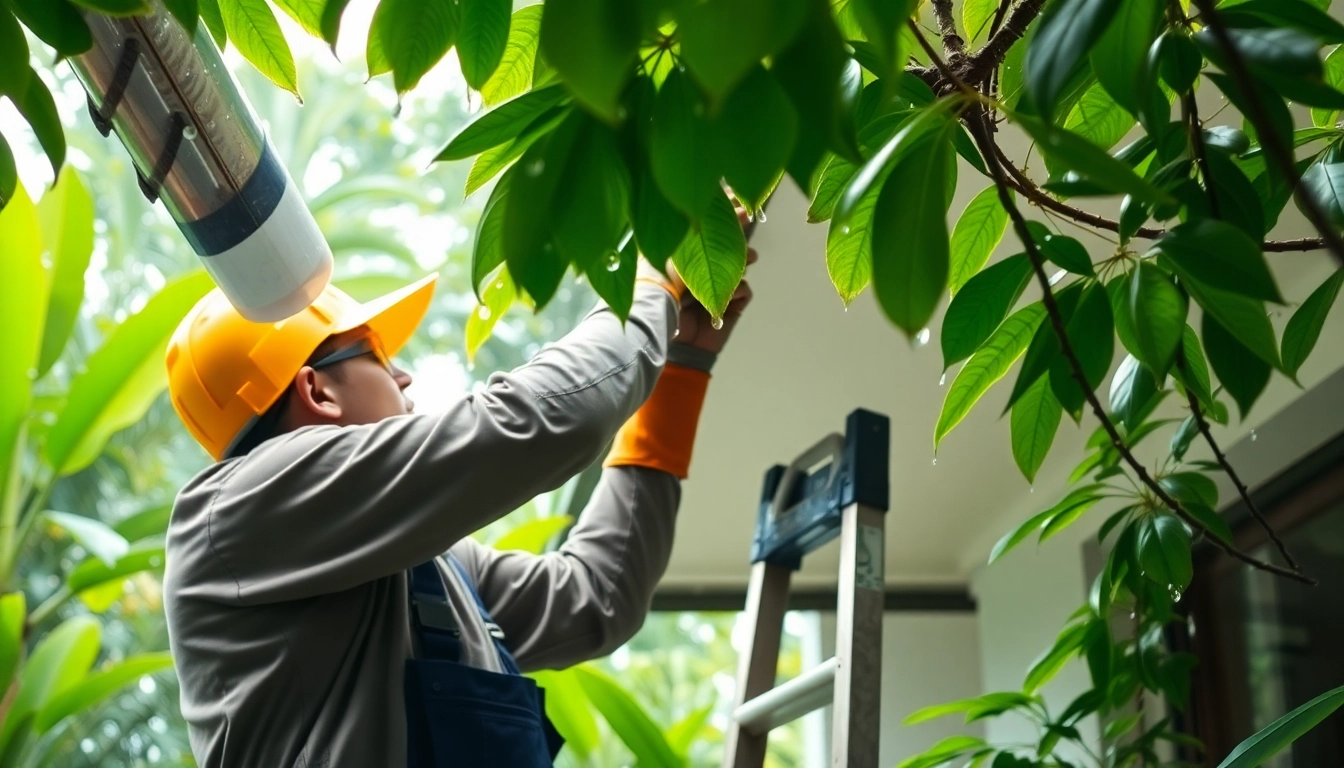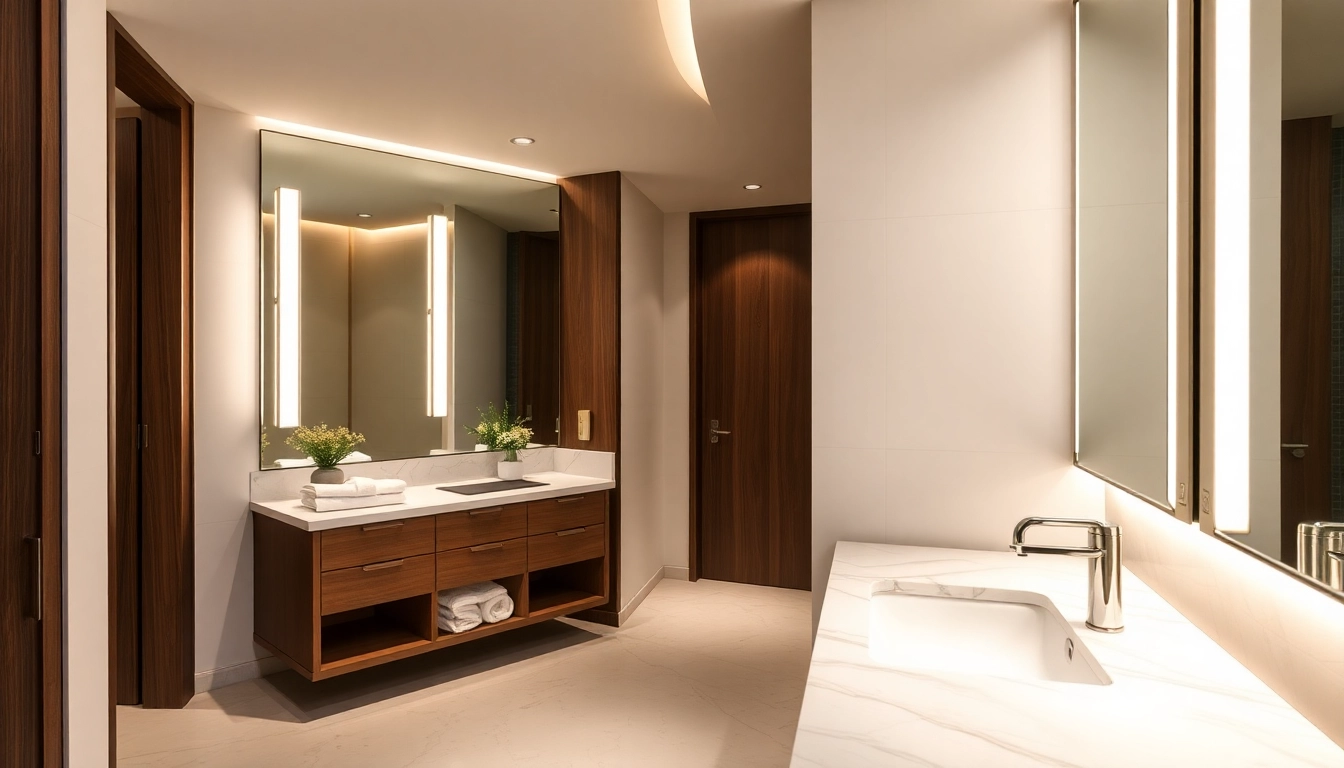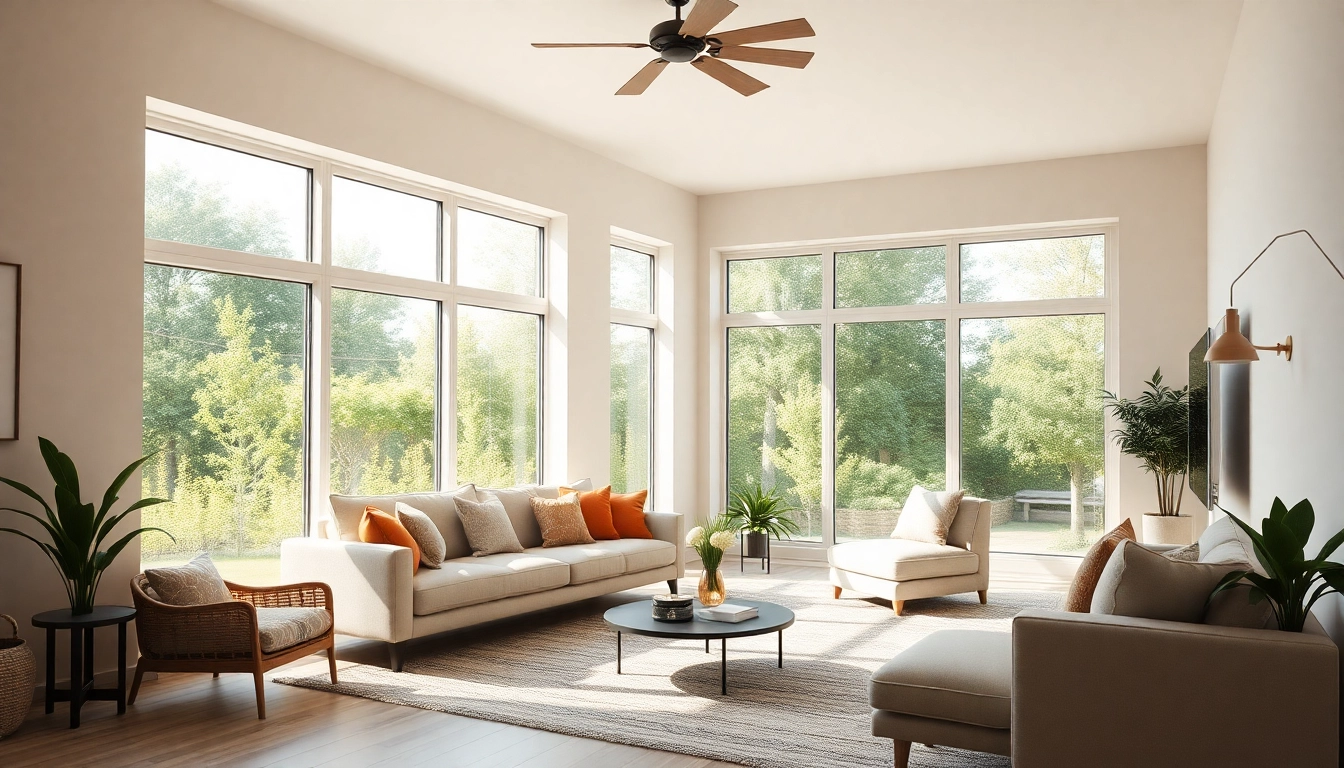Understanding Villa Maintenance During Rainy Season
The rainy season can pose unique challenges to villa owners, particularly in regions prone to heavy rainfall. The key to mitigating potential damages lies in comprehensive Villa maintenance rainy season strategies that can safeguard your property. Proper preparation not only protects your investment but also ensures a safe and comfortable environment for residents and guests. This article explores vital aspects of villa maintenance during the rainy season, including the importance of regular inspections, common issues faced, and how weather impacts overall property value.
Importance of Regular Inspections
Regular inspections are crucial during the rainy season, as they enable property owners to identify and address potential problems before they escalate. These inspections should focus on various critical aspects of the villa, such as:
- Roof Integrity: Inspect for any signs of leaks, damaged shingles, or accumulated debris that may impede water drainage.
- Guttering and Drainage: Ensure that gutters and downspouts are clear and functioning correctly to prevent water overflow and foundation issues.
- Exterior Walls: Check for cracks or deterioration in paint that could allow moisture intrusion.
By conducting these routine assessments, homeowners can catch problems early, reducing long-term repair costs and protecting the villa’s structural integrity.
Common Issues Faced During Rainy Season
Several common issues can arise during the rainy season that warrant attention:
- Water Leaks: Increased rainfall can reveal hidden leaks in roofing, walls, and plumbing systems.
- Mold and Mildew Growth: The moisture-rich environment fosters rapid growth of mold and mildew, posing health risks to occupants.
- Foundation Issues: Excess water accumulation can lead to soil erosion, which may compromise the foundation’s stability.
- Pest Infestations: Damp conditions attract pests, such as termites or rodents, which can further damage the villa.
Addressing these issues promptly can save homeowners from costly future repairs and enhance living conditions.
Impact on Property Value
A villa that is well-maintained during the rainy season is more likely to retain its market value. Properties that exhibit signs of neglect, such as water damage, mold, or structural issues, can lose significant value. Regular maintenance and timely repairs not only preserve property aesthetics but also instill confidence in potential buyers. Additionally, maintaining efficient drainage systems can help prevent land erosion and preserve the surrounding landscape, further elevating the property’s worth.
Essential Preparations for the Rainy Season
Proper preparation is essential to mitigate the risks associated with heavy rainfall. Here are critical steps to consider:
Gutter and Drainage Management
Gutters and drainage systems play a pivotal role in protecting a villa from water damage. Regular cleaning of gutters is essential to prevent blockages that can cause overflows. Homeowners should:
- Inspect and clean gutters at the beginning of the rainy season.
- Ensure downspouts direct water at least three feet away from the foundation.
- Install gutter guards to minimize debris accumulation.
By dedicating time and resources to effective gutter management, villas can significantly reduce the risk of water-related issues.
Roof Maintenance Tips
The roof is your villa’s first line of defense against rain. Regular maintenance checks can prevent leaks that may lead to more severe issues.
- Inspect shingles for curling, cracking, or missing pieces.
- Look for signs of rust on metal roofs and wear on flashing.
- Clear roof valleys and ridges of debris to ensure proper water flow.
Working with a professional can ensure that your roof is adequately prepared for the oncoming rainy season.
Landscaping Adjustments for Rainy Weather
Effective landscaping not only enhances the aesthetic appeal of your villa but also helps manage water runoff. During the rainy season, consider making the following adjustments:
- Grade the landscape to promote water drainage away from the foundation.
- Reach out to professionals for the installation of rain gardens or bioswales that absorb excess water.
- Select plants that are drought-resistant, as they tend to manage excess water better.
These changes can improve drainage and reduce the risk of flooding on your property.
Preventative Maintenance Techniques
Taking preventative measures before the rainy season can significantly reduce the potential for issues arising during heavy rainfall. Key techniques include:
Sealing and Waterproofing Solutions
Implementing sealing and waterproofing measures is vital for protecting your villa from water intrusion:
- Sealant should be applied to all external cracks in walls and around windows and doors.
- Waterproof paint can be applied to walls in moisture-prone areas.
- Ensure that the foundation is properly sealed and maintained to prevent water seepage.
These enhancements can significantly decrease the likelihood of water damage to both the interior and exterior of your villa.
Choosing Appropriate Plants and Landscaping
Careful selection of plants can contribute to the overall upkeep of your villa during the rainy season:
- Opt for native plants that are better adapted to local rainfall and soil conditions.
- Avoid non-native vegetation that may require excessive watering or maintenance.
- Incorporate plants that improve drainage, such as those with deep root systems.
Such planting strategies can help to manage excess water and prevent soil erosion, enhancing property sustainability.
Utilizing Technology for Monitoring
Embracing technology for proactive monitoring can greatly assist homeowners. Consider investing in:
- Moisture sensors that detect leaks or dampness in critical areas.
- Smart home devices that notify homeowners of drainage issues or unusual water accumulation.
- Weather monitoring apps that provide real-time weather updates and forecasts.
By leveraging technology, villa owners can respond quickly to potential water-related issues.
Emergency Response Strategies
In the event of severe weather conditions, having well-defined emergency response strategies is crucial:
Identifying Water Damage Quickly
Timely identification of water damage can minimize repair costs and health risks:
- Familiarize yourself with common signs of water damage, including discoloration on walls and ceilings.
- Use thermal imaging devices to spot hidden moisture behind walls.
- Immediately check for dampness around windows and doors after heavy rains.
The ability to detect issues early can significantly expedite repair processes.
Steps to Take After Severe Weather Events
After a storm passes, take immediate actions to protect your villa:
- Document any damage thoroughly with photographs or videos for insurance purposes.
- Ensure all electrical systems are safe before re-powering.
- Begin cleanup as soon as possible to prevent mold growth and further water damage.
Creating a clear response plan tailored to your specific circumstances can aid recovery significantly.
Hiring Professional Help Effectively
While some maintenance tasks can be performed independently, hiring professionals may be necessary. To make the most of your resources:
- Research and hire licensed contractors who have experience with water damage restoration.
- Request multiple quotes to ensure fair pricing and services offered.
- Screen reviews and testimonials to gauge contractor reliability and quality.
A reliable professional can ensure comprehensive evaluations and repairs, providing peace of mind.
Long-Term Villa Maintenance Planning
To maintain your villa’s integrity long-term, establish a proactive maintenance plan:
Creating a Seasonal Maintenance Checklist
A seasonal maintenance checklist can streamline upkeep responsibilities:
- Detail maintenance tasks for each season tailored to local weather patterns.
- Include inspection schedules for roofs, gutters, and landscaping.
- Track completed tasks to maintain accountability for ongoing maintenance efforts.
By keeping a well-organized checklist, property owners can confidently manage maintenance tasks effectively.
Investing in Sustainable Solutions
Investing in sustainable practices not only protects the environment but can also lead to cost savings:
- Utilize permeable paving materials to minimize stormwater runoff.
- Incorporate rain barrels to collect and reuse water for irrigation.
- Explore green roofing options that provide insulation and reduce rainwater runoff.
Such solutions contribute to long-term villa health and environmental stewardship.
Evaluating Maintenance Effectiveness Over Time
Regularly assess your maintenance strategies for effectiveness:
- Evaluate the performance of management techniques after severe weather events to identify areas for improvement.
- Solicit feedback from residents and guests about the villa’s condition.
- Revisit and revise your maintenance plans to adapt to changing weather patterns.
This ongoing evaluation process ensures optimal performance and asset protection throughout the years.



